I’m almost there!
This week: I’m almost there!; Trouble in the polytunnel;
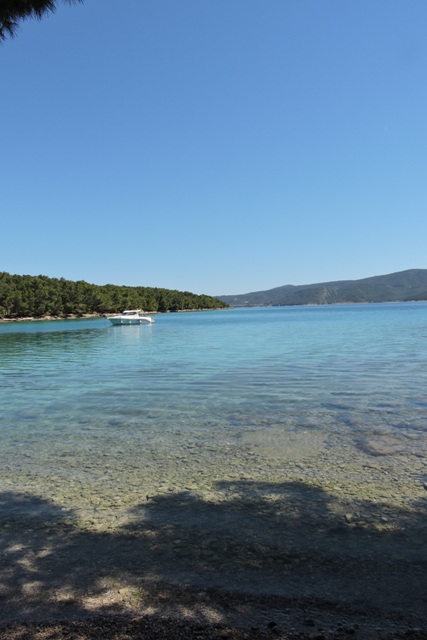
This week has been somewhat mundane.
What have I been doing? Not a lot really, but I have spent the whole week doing it! Sometimes you need to take a time out.
I was up early this morning, well before the first light of dawn, to try and see the Aurora Borealis. The sky was clear, but I didn’t see anything.
300km to the north, there were spectacular views, all across northern Croatia. The Aurora is very seldom visible from the Mediterranean.

Weeding has been one of my jobs this week, trying to catch the weeds before they set seed, but inevitably some weed seeds will be blown in on the wind.
I have also been trying my newly set up scanning computer.
To try and automate the workflow, I bought some software called VueScan.
This is some of the best software you can get, but it has a comprehensive set of menus which I need to understand.
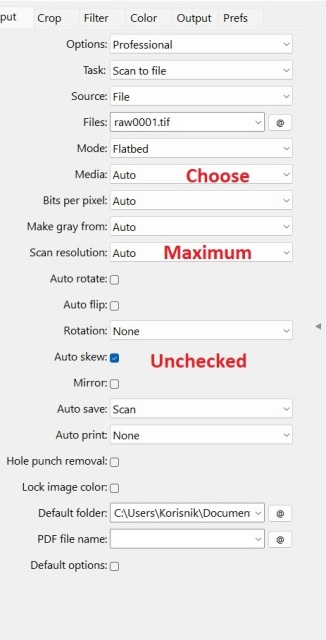
At coffee break time this week, I have been doing some trial scans with different settings, to establish what are the best options for my various scanners.
There are always so many things which I would like to do, but not the time to complete everything.
I’m almost there!
After several weeks of minimal activity in the Konoba, because of my knee injury caused by spending too long kneeling, laying the new floor tiles, I have started again.
I had all the grout for the tiles, but wanted to try and rest the injury before having to kneel again, to grout between the tiles.
At the start of the week, I felt that whatever I had done had healed. I had been using Voltarin, a topical steroid, applied three times a day and it seemed to have worked.
The first job was to clean between the tiles with my oscillating cutter, to remove some excess tile adhesive, then wash and thoroughly clean the tiles ready for the grout.
That took some time, mainly because I was being sensible and not spending too long kneeling down.
Then came the mixing of the grout. I am using Ceresit CE40 aquastatic grout, in a similar colour shade to the tiles themselves.
After the first couple of mixes, I found I was becoming more confident and more proficient at grouting and could mix and spread a kilogramme of grout at a time.
The instructions say only to mix what you can lay in 30 minutes. This is because by then the material will have started to set and harden.
After filling the gaps between the tiles, there is then the cleaning of the tile surfaces, first with a sponge and then a squeegee mop three or four times, finishing with clean water.
A kilo of mixed grout is enough for around six square metres of tiles.
At lunchtime on Saturday more than half of the 42 m² room is finished.
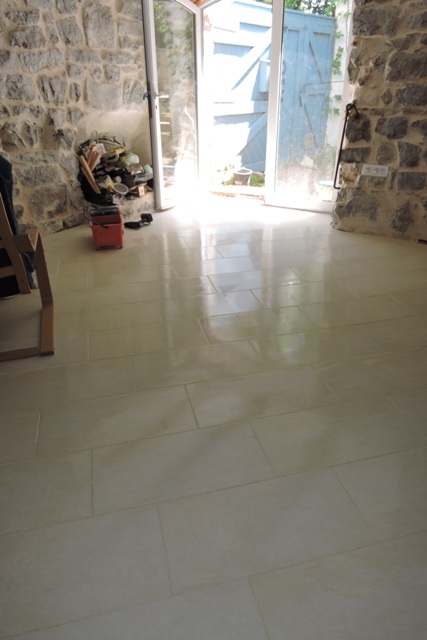
I need to order some matching silicone filler for where the tiles meet the walls. This is because silicone will expand and contract with the seasons and will not crack like grout.
In the middle of the week, while I was busy removing tile adhesive, I received a message to say the vehicle restorer who wants my “Konoba find” Mercedes kit car was coming that afternoon to collect everything.
All the parts had been moved into two locations, so I started to bring everything out into the courtyard, ready for collection.
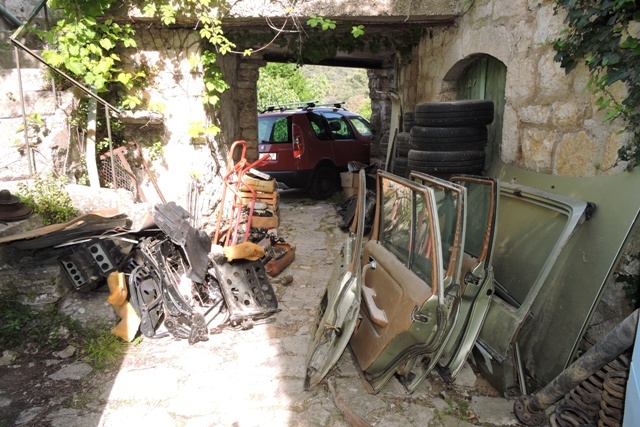
It is only when you see everything together, that you realise just how much “stuff” there was.
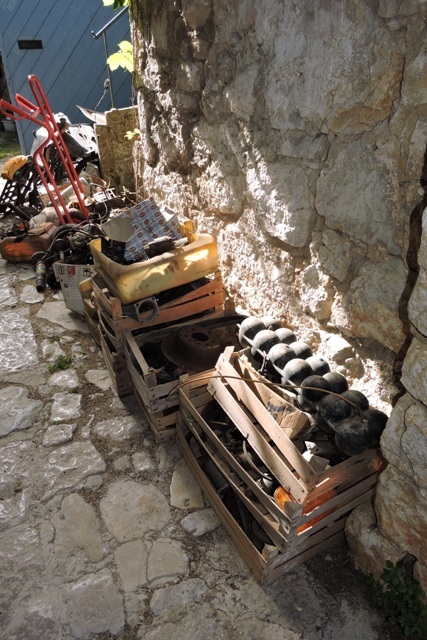
I still have no idea why the car was dismantled in the first place, nor what happened to the chassis, engine and gearbox.
They are the only parts which seem to be missing. Only one piece of glass was broken and for a vehicle restorer, it is a “jackpot” of valuable parts, which are no longer obtainable.
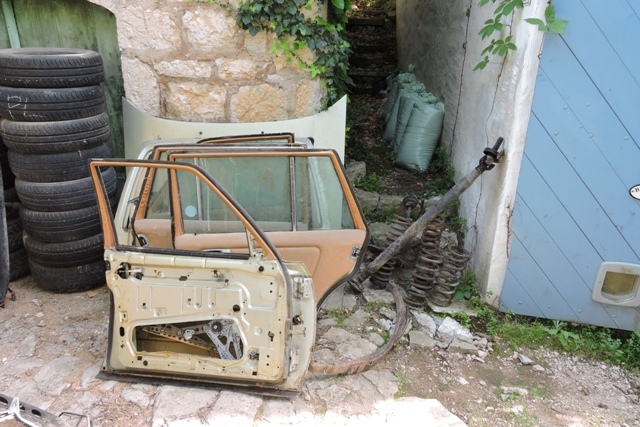
I’m pleased to see it all go to a new home. Now I can get on and clear the rest of the new Konoba and start to move things around.
Trouble in the polytunnel
In the polytunnel, I am having trouble with my bananas.
I noticed this week that thee was a bulge upwards in the polycarbonate roof where the bananas are pushing against it.
Bananas grow from the centre of their stem, with new leaves unfurling from the centre.
When I looked, my original plant is still growing and even though at an angle, it is pushing the roof up. If I leave it, it will damage the polycarbonate.
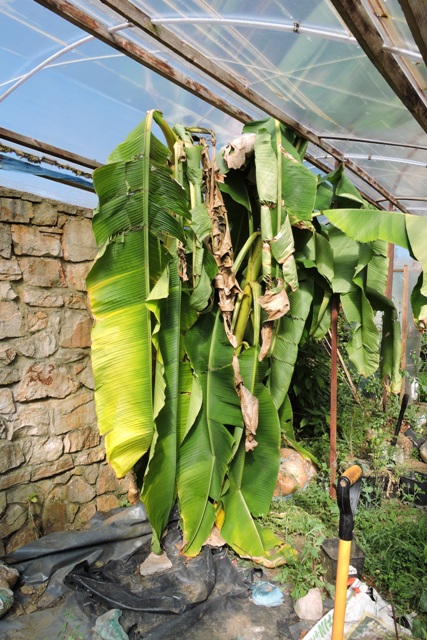
There is no sign of a flower yet and it will continue to produce more and more leaves until it fruits and dies.
I thought I had bought Dwarf Cavendish plants, Musa acuminata, which grow to around 2 metres tall. These are over three metres tall and still growing, so clearly they are a different varriety.
There are more than 1,000 different varieties, so finding what they actually are will not be possible.
The largest trunk, actually a pseudostem, has a circumference of more than 80 cm. I am going to have to cut it down, but I’m not sure whether I can use it for anything.
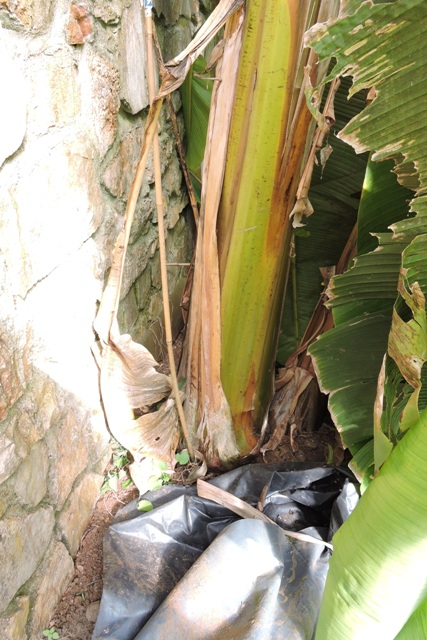
Elsewhere in the greenhouse, my tomatoes are now more than a metre tall, snaking up their tripods and they have a lot of flowers.
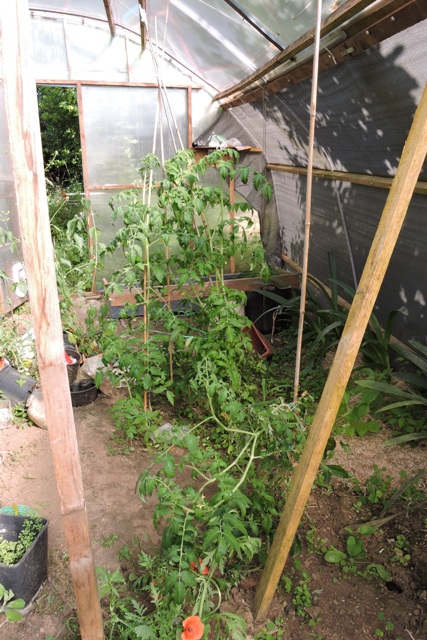
My trial of different supports seems to be working.
Fruits and flowers
As we move away from the cold weather of April, the daily temperatures here are steadily rising.
Although we have had a lot of rain, the soils are drying quickly and I have started irrigating again – a summer ritual, especially for newly planted trees.
This week while I was watering my Feijoa I saw that one of the new trees has flowers on it.
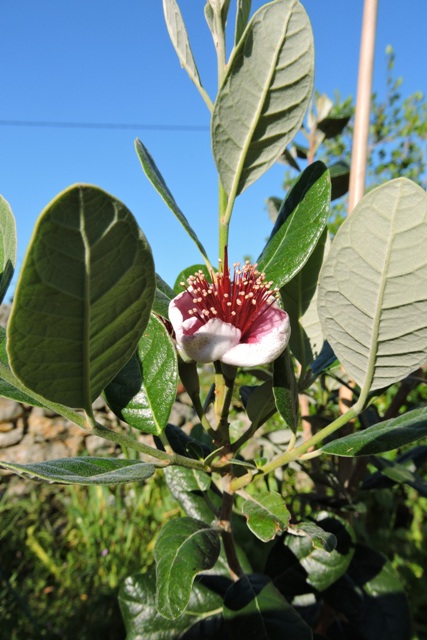
The Feijoa is grown extensively in New Zealand for fruit, although it originates in South America.
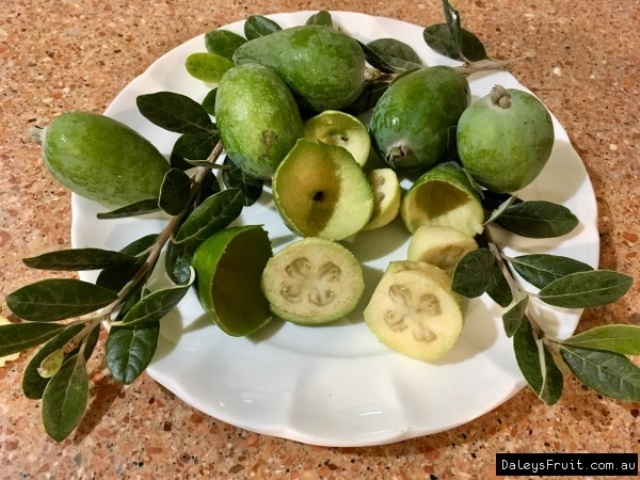
My olive trees also have a lot of flowers this year too.
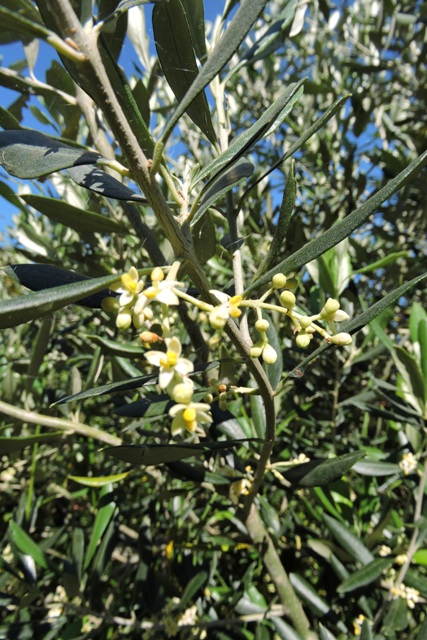
Dol has a true Mediterranean climate, for example during the whole of last winter, we never had a single night with a temperature below Zero ºC.
There are several places in the world where you can find “Mediterranean climates”, which means that I can grow, or try to grow, a lot of different tropical plants.
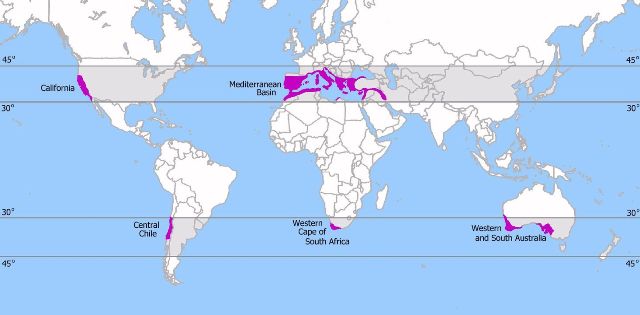
This week the Wild Gladioli, Gladiolus italicus, are in flower. Set against a backdrop of Peruvian lilies, Alstromeria, they add a bold flash of colour to the beds.
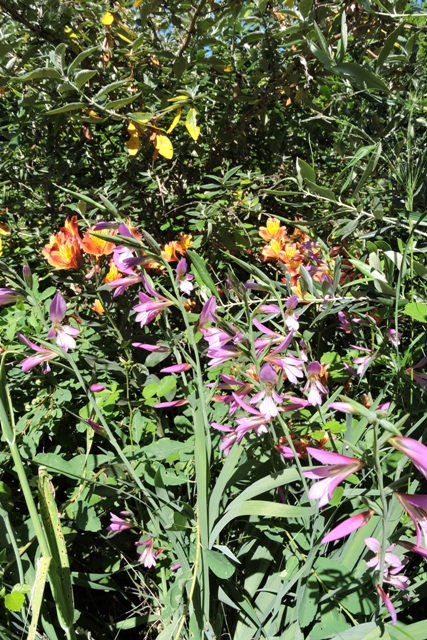
The Alstromeria clearly like my growing conditions because they have flowered all winter long and are spreading like mad.
In another corner I have Bottle Brush shrubs in flower.
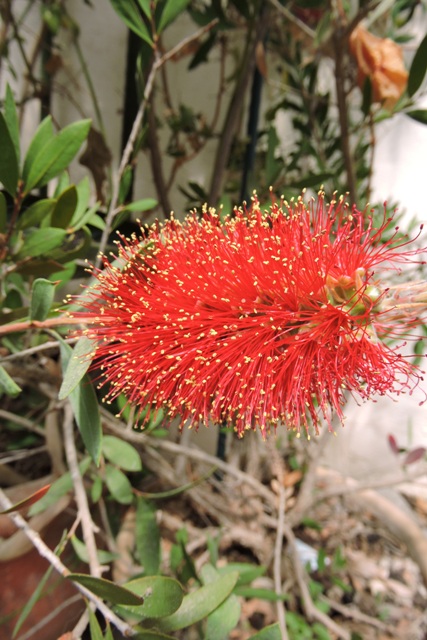
These are the Callistemon plants, natives of Australia, but now grown widely in many parts of the world.
I have started a list of plants I need to thin or split this next winter. Unless I write them all down now, by the time December rolls around again, I will have forgotten all the things I need to do. NCG